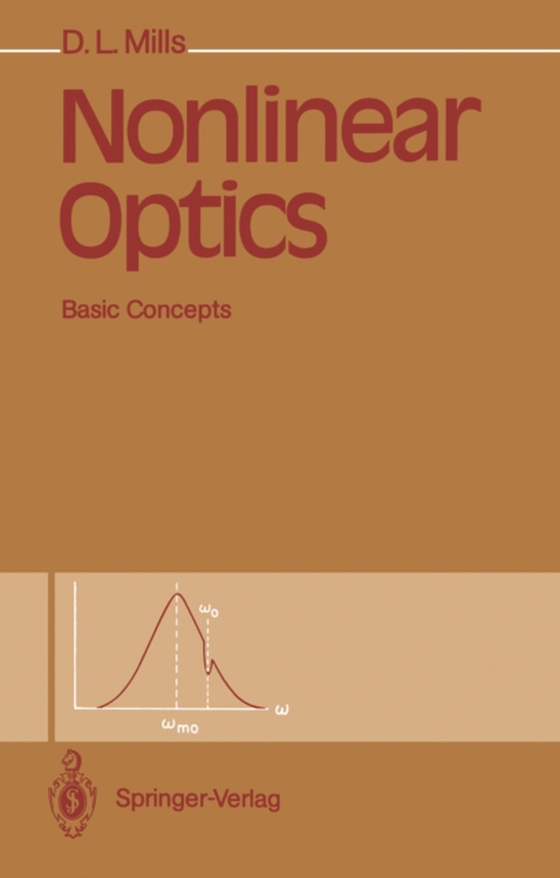
Nonlinear Optics e-bog
692,63 DKK
(inkl. moms 865,79 DKK)
One intriguing aspect of physics is its dynamic and rapidly evolving nature; exciting new fields can become moribund within relatively few years, only to revive and grow again in a dramatic and expolisve manner in response to new developments. This has been the case for the fields of optics and atomic physics. In the 1950s, and perhaps into the early 1960s, both fields appeared mature, fully de...
E-bog
692,63 DKK
Forlag
Springer
Udgivet
6 december 2012
Genrer
PHJ
Sprog
English
Format
pdf
Beskyttelse
LCP
ISBN
9783662002131
One intriguing aspect of physics is its dynamic and rapidly evolving nature; exciting new fields can become moribund within relatively few years, only to revive and grow again in a dramatic and expolisve manner in response to new developments. This has been the case for the fields of optics and atomic physics. In the 1950s, and perhaps into the early 1960s, both fields appeared mature, fully developed, and perhaps even a bit dull as a consequence. The appearance of the laser has tumed both of these fields into dynamic areas of research, within which fundamental and profound questions are being explored. The research of the past two or three decades has led also to very important applications and to new devices. The dye laser, which enables a very narrow line to be tuned over an appreciable spectral range, has led to a virtual revolution in the spec- troscopy of atoms, molecules, and the condensed phases of matter. A parallel development, readily detectable in the recent literature of theoretical physics, has been the substantial advance in OUf understand- ing of highly nonlinear phenomena. Numerous texts are devoted to exposition of the theoretical methods which may be used to extract useful information from the important equations encountered in the various fields of physics. A survey of the contemporary literature of nonlinear optics shows that in this area one encounters a large fraction of the basic equations and principles of nonlinear physics.
 Dansk
Dansk

